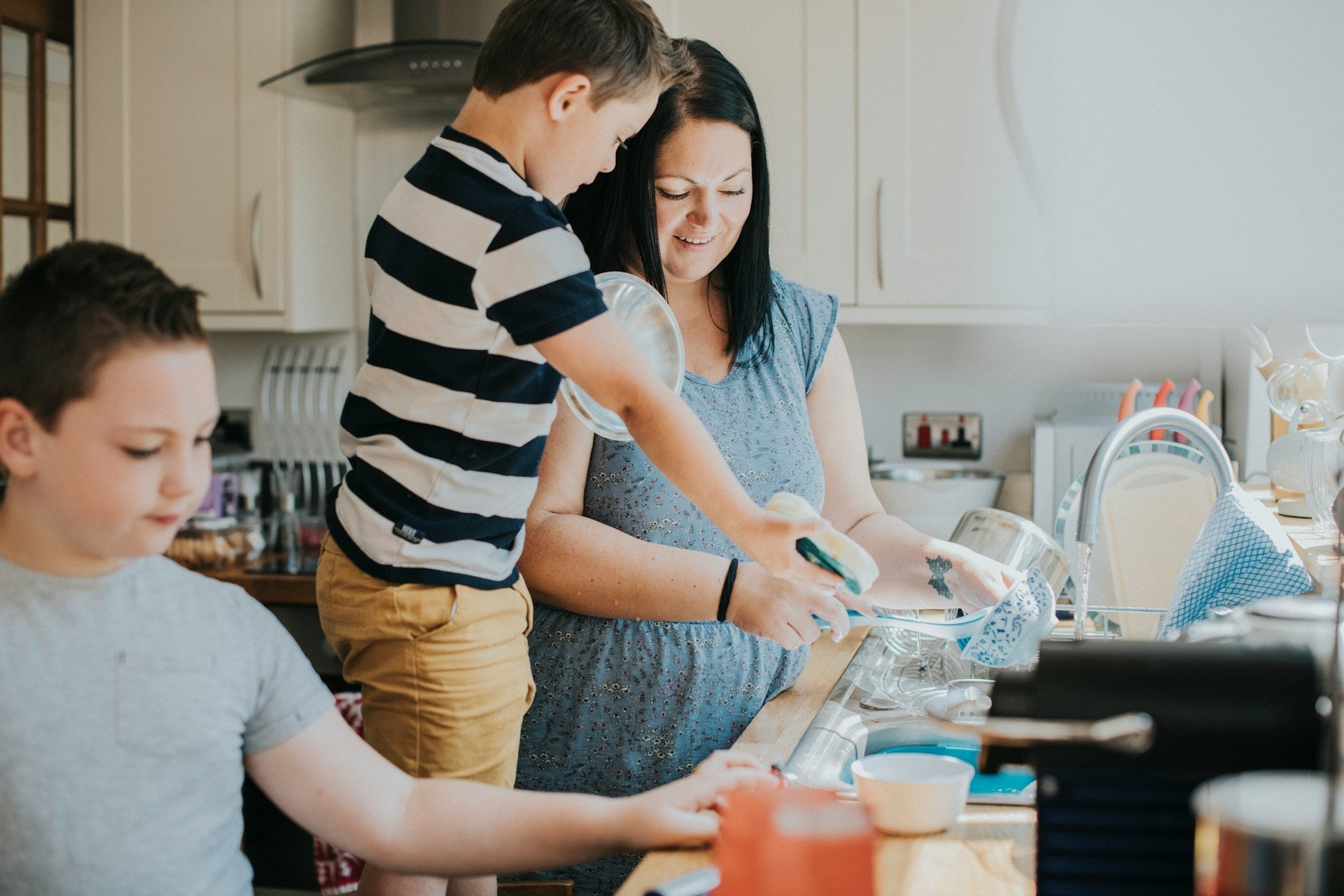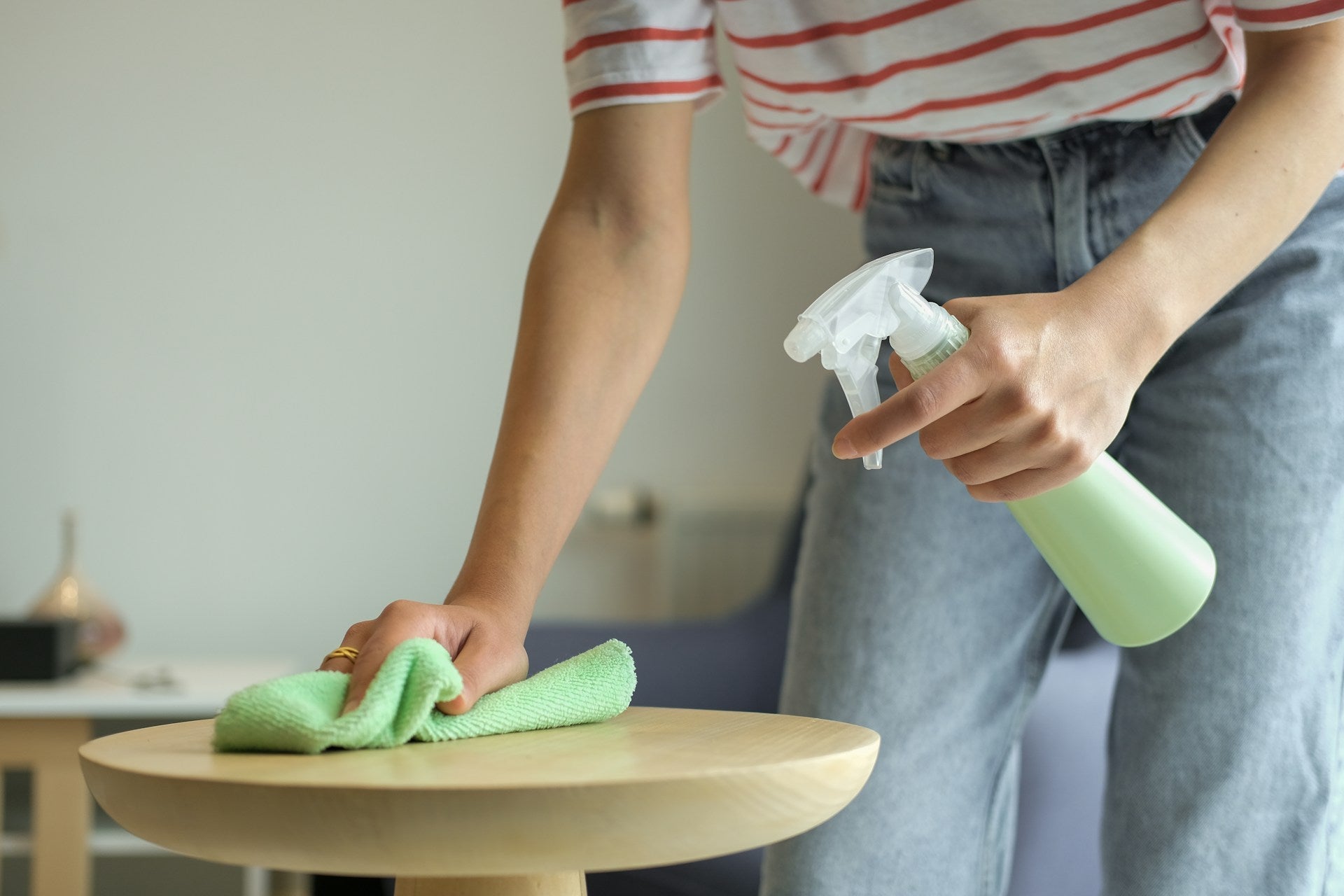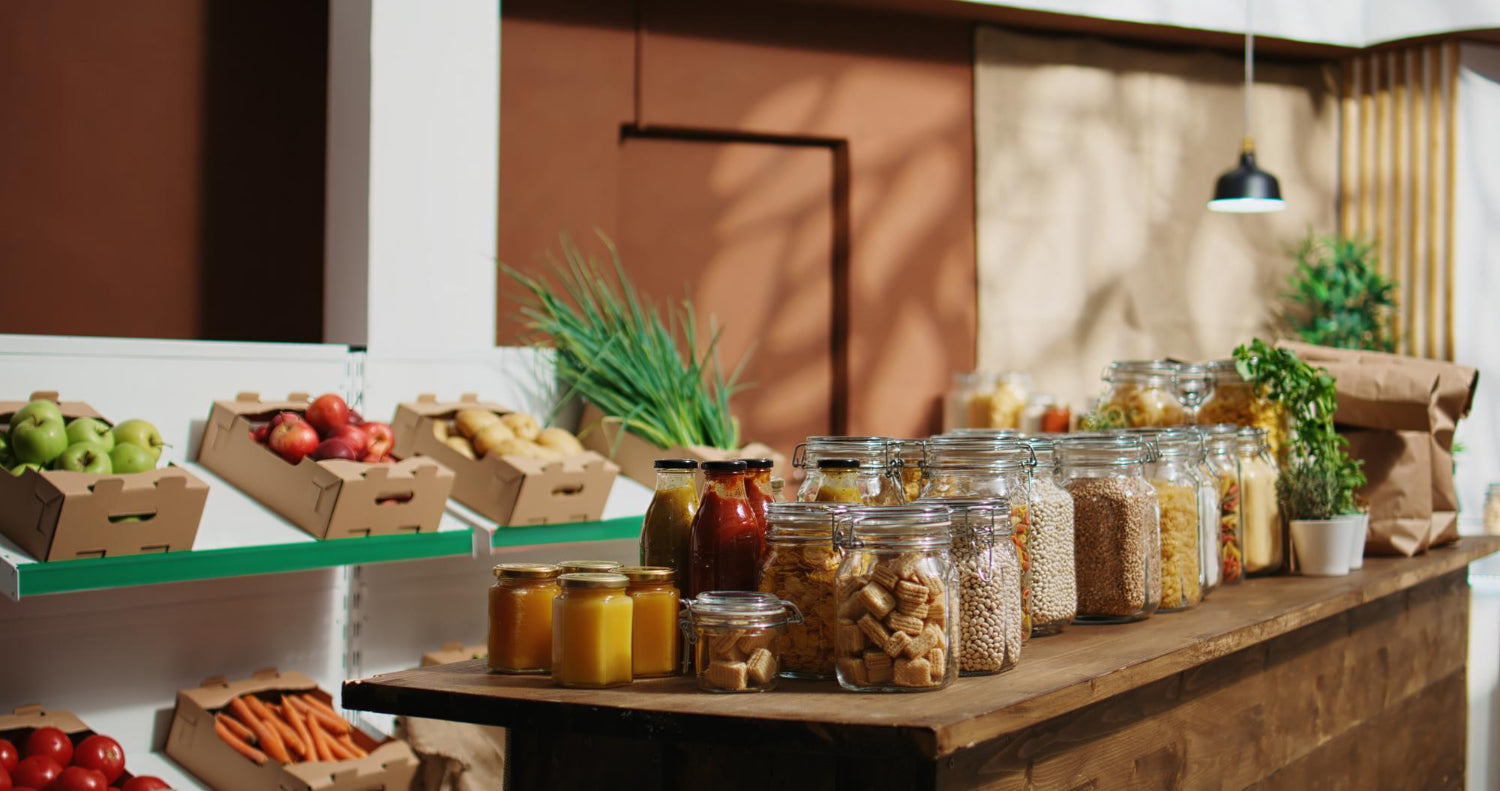Teaching kids to clean up after themselves is essential, but it's even better when they learn to do it in an eco-friendly way. Introducing children to green cleaning practices helps keep your home tidy and instills important values about caring for our planet. By involving them in age-appropriate, eco-friendly chores, cleaning can be a positive experience that benefits everyone.
In this guide, we'll explore the benefits of teaching kids eco-friendly cleaning habits and provide practical tips on how to get your children involved in green cleaning tasks. These activities can make a real difference, from sorting recyclables to using compostable trash bags. Engaging your kids in eco-friendly chores helps them develop good habits early on, setting the stage for a lifetime of environmental stewardship.
Benefits of Teaching Kids Eco-Friendly Cleaning Habits
Teaching kids eco-friendly cleaning habits offers numerous benefits. First, it promotes a sense of responsibility. When children are involved in cleaning tasks, they learn to take ownership of their messes and understand the importance of maintaining a clean environment. This sense of responsibility can extend to other areas of their lives, fostering independence and self-discipline.
Another benefit is environmental awareness. Kids taught to use compostable trash bags and other eco-friendly products become more conscious of their environmental impact. They start understanding concepts like waste reduction and recycling, which can lead to lifelong sustainable habits. This foundation of ecological stewardship helps create a generation that cares about preserving natural resources.
Finally, involving kids in eco-friendly chores can strengthen family bonds. Working together towards a common goal, such as keeping the house clean and reducing waste, encourages teamwork and cooperation. It provides opportunities for parents and children to spend quality time together, making cleaning a fun and educational family activity.
Age-Appropriate Chores for Younger Kids
Younger kids can start with simple, age-appropriate chores that teach them basic cleaning skills and eco-friendly practices. Here are some chores suitable for younger children:
1. Sorting Recyclables:
Give your little ones the task of sorting recyclables. Show them how to separate paper, plastic, and glass into different bins. This is a simple yet effective way to introduce them to recycling.
2. Wiping Surfaces:
Provide a damp cloth or a natural, non-toxic cleaning spray, and let your kids wipe down tables, counters, and other surfaces. This chore helps them develop motor skills and a sense of cleanliness without using harsh chemicals.
3. Watering Plants:
Teach young children to water indoor plants regularly. This chore helps them understand the importance of nurturing living things and maintaining a healthy indoor environment.
4. Using Compostable Trash Bags:
Encourage kids to collect food scraps and place them in compostable trash bags. Explain how these bags break down and are better for the environment. This task gives them hands-on experience with eco-friendly products.
Introducing these simple chores helps younger kids develop good cleaning habits and an appreciation for the environment from an early age. By making these tasks fun and engaging, children are more likely to embrace eco-friendly practices as they grow older.
Eco-Friendly Cleaning Tasks for Older Children
Older children can handle more complex chores, making it an excellent opportunity to ramp up their eco-friendly activities. Here are some tasks that are perfect for them:
1. Vacuuming and Dusting:
Older kids can easily assume the responsibility of vacuuming different rooms and dusting surfaces. Encourage them to use a vacuum cleaner with a HEPA filter to reduce allergens and improve indoor air quality.
2. Managing Compost:
Have your children help manage the outdoor compost bin. They can turn the compost regularly to aerate it and add kitchen scraps collected in compostable trash bags. This will teach them about composting and how it turns waste into valuable soil.
3. Laundry Duties:
Assign tasks like sorting laundry, loading the washing machine, and drying clothes. Teach them to use eco-friendly laundry detergents and to avoid using the dryer as much as possible to save energy.
4. Dishwashing:
Older kids can also take over dishwashing duties. Use biodegradable dish soap and teach them to wash dishes efficiently by soaking them first and using minimum water.
Eco-Friendly Cleaning Supplies:
Make sure they use eco-friendly cleaning supplies for these tasks. Show them how to read labels and choose non-toxic and biodegradable products. This reinforces the importance of safe cleaning products for health and the environment.
Recycling and Upcycling Projects:
Older kids are more capable of handling recycling duties, such as taking out the recycling bin, and they can get involved in fun upcycling projects. These projects can turn old items into new, useful ones, stimulating creativity while reducing waste.
Tips for Making Eco-Friendly Cleaning Fun and Educational
Getting kids excited about cleaning can be challenging, but you can make it enjoyable and educational with creative strategies.
Create a Reward System:
Implement a reward system to motivate your kids. For each eco-friendly chore completed, they can earn points that add up to a reward. This can be anything from extra screen time to a small treat. This system makes cleaning fun and turns it into a game.
Play Educational Games:
Incorporate games and challenges into the cleaning routine. For example, set a timer and see who can sort recyclables the fastest or collect the most compostable items. These activities make cleaning feel like playtime.
Use Storytelling:
Explain the impact of their actions through storytelling. Share stories about how composting helps the earth or how recycling reduces pollution. Kids are more likely to engage actively When they understand the "why" behind their chores.
Hands-On Learning:
Take educational outings to recycling centers or community gardens. These trips give kids a real-world view of how eco-friendly practices make a difference. They get to see where their efforts are going and feel proud of their contributions.
Family Involvement:
Make cleaning a family affair. Working together encourages bonding and sets a good example. When kids see their parents participating enthusiastically, they will likely follow suit.
Conclusion
Teaching kids eco-friendly cleaning habits is an invaluable life lesson that will benefit them and the planet. Children learn the importance of maintaining a clean home and protecting the environment by starting with age-appropriate chores and gradually increasing responsibility. Each task helps instill good habits and environmental awareness, from using compostable trash bags to sorting recyclables.
Ready to make your home eco-friendly and teach your kids valuable lessons? Check out Plastno for a range of compostable bags and eco-friendly cleaning supplies that make going green easy and effective. Let's work together towards a sustainable future!






Share:
Household Cleaning Hacks with Biodegradable Garbage Bags
Clean Your Home Naturally: Top Tips for 2024